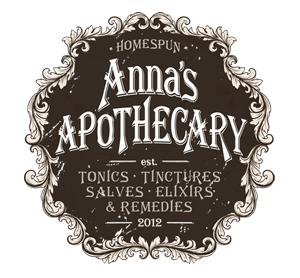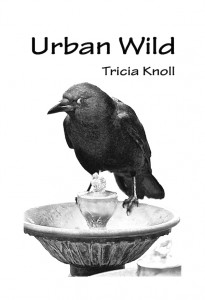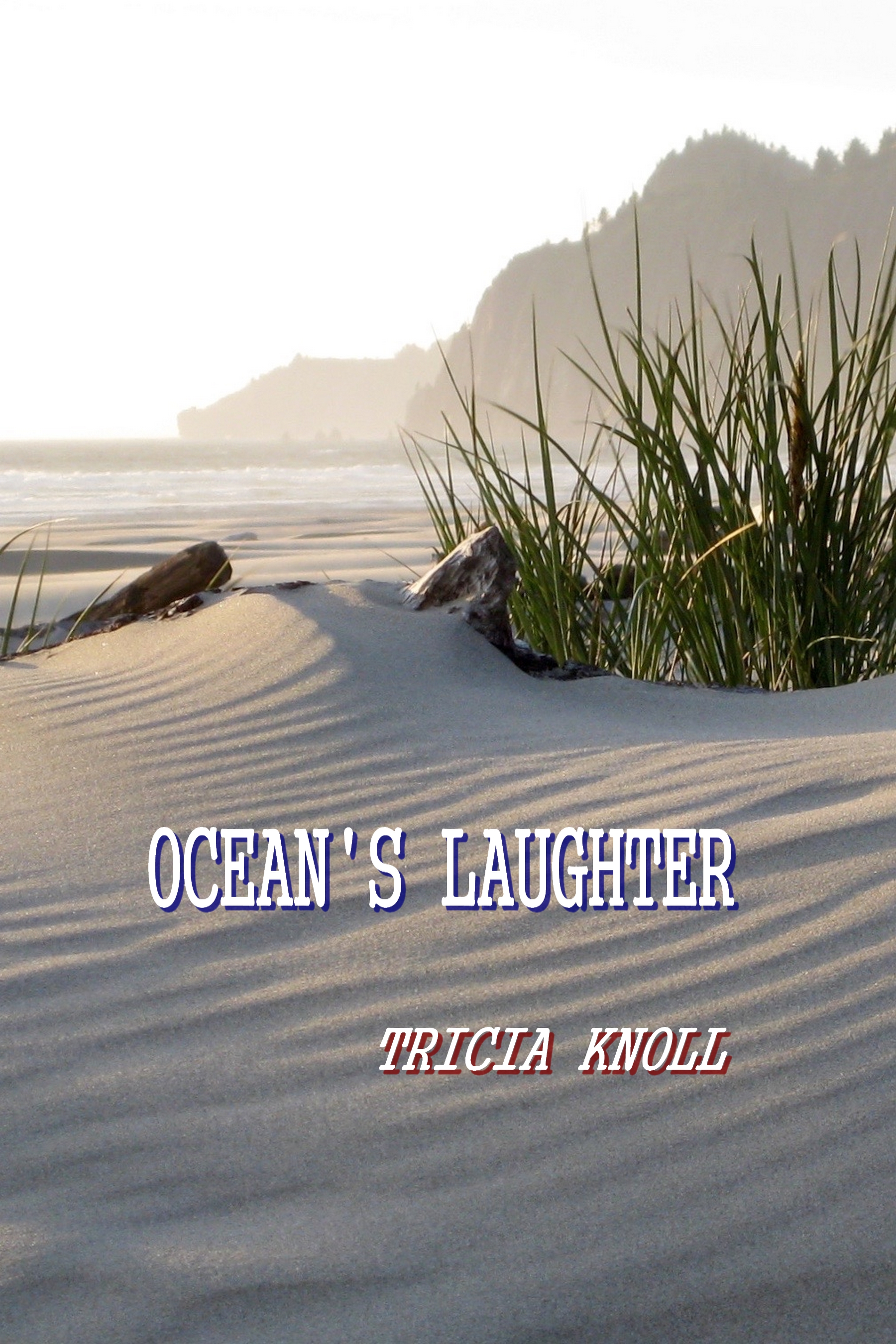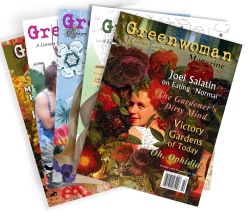
My dog keeps lunging into the covered-in-white lilac bush on our walks at night. She knows I will do the same action. I will stand and inhale, probably longer than a sane person should. I’m a little too much into nature. John Gardner believes we have multiple intelligences and so multiple ways to absorb the world. (It’s a fun test, you should take it.) Besides being one hundred percent musical, I have to be around nature, deeply. (Kinesthetic leaner that I am.) When I lean on a tree, its roots become my roots. When I am around water, I am absolved of any problem, worry, or doubt. I am at rest, myself. I wonder if backyard gardens add to my intelligence? Well, they’ll have to because the nearest place where I don’t see a soul and feel submerged in “nature” is probably forty-five minutes away.
Recently I lived in the Hudson Valley, fifteen minutes from the river at one of its widest points. It echoed my first twelve years in the Bay Area of California, where my grandmother had Italian plum trees weeping over her pergola and all of our trips to a park were either to the commercialized beach in Santa Cruz or up Route One to Greyhound Rock or Natural Bridges. We sat on edges of cliff jutting over tumbled water.
The nursery in New York told me the growing zone was five, but I’m sure they were undershooting for overly-enthusiastic gardeners. When hydrangeas and rhododendrons grow in the middle of winter, I’d fudge that over to about a six. The soil was imminently wet and acidic, ready to produce a million rose bushes for any home owner. The soil there eluded me, though, like it knew I was an imposter, buying my time as a loose inhabitant. Renting. I planted moss roses that bit the dust immediately, then a few bleeding hearts who took one taste of that acid and died. The reality? I am still a High Plains gardener.
This spring I’ve returned to grass doing what grass does best: growing wild. It has invaded my garden, weaving through my early budding penstemon and rose campion clumps. I’m taking it too personally. Yes, I would like to declare war. That sounds easy while I write it. Like grass’s deeply-rooted goal wasn’t to backbite and usurp a gardener’s soil in one lax and non-dead heading Fall. Both crab and regular Kentucky blue grass have fingered and laced through hens and chicks, roses, and oregano. I’m fighting them but I feel like Jean Luc Picard fighting the Borg. Everything I do is futile.
Part of that futility is that sent away feeling, but also, I had found where I belonged, like the Beatle’s Jo-Jo. I got back to water and now I know acutely that I belong near water. A friend put it well when leaving New York. She said she felt like she had been sent home from the party. I’m trying not to let my tail between my legs affect every part of my life now that I’ve moved back to Denver from the beautiful and wet Hudson Valley. Have you picked the place where you live? I have never done that, pointed to somewhere on a map and said, “This is where I’ll plant myself.” Up to my late thirties, I lived unconsciously, not knowing myself, not aware of any intelligence. The wind blew and I responded. My twenties and thirties flew by with patio parties and cool pictures with girlfriends sucking in cheeks all over Denver.
When I quit my job for a cornerstone class at MSCD that was smack in the middle of the day, my cool life crumbled and all of a sudden I became conscious. I began to write again. I hadn’t written, really sat down and let loose into a notebook, for years. This knowledge I possess now, like Jo-Jo, was only obtained through going back to school full time in my late thirties, working two to three jobs, and looking around myself and at myself. As a side passion, I learned to grow in Denver. At Paulino Gardens, I wrote down everything I loved: mother of thyme, wooly thyme, variegated pineapple sage, and rose campion. For my Masters, we took the John Gardener test. When I found out where my intelligences were hidden, I took them out and dusted them off. Water. Seaweed jump-ropes. One day in the Hudson Valley as I stood at the water’s edge, a soccer ball floated toward me. I plucked the gift at the boardwalk out of the ripples and set it down for the next recipient. But before I did, I took a picture. Everything will come back to me.
With the goal of wetness, of the exchange between water, body, and sky, I will take the mountains, and the bounteous lilac bushes Denver has offered these past two unseasonably warm weeks and say “Thank You.” There’s a reason, that after six years, rose campion has bunched its gray-green leaves up through the grass, fierce and tenacious in its goal for space and sun. I need to follow its lead. I can wait for the right time to re-plant myself. Until then, I can grow wherever I am.
–Elisabeth Kinsey
Be content with what you have, rejoice in the way things are. When you realize there is nothing lacking, the whole world belongs to you. –Lao Tzu






















